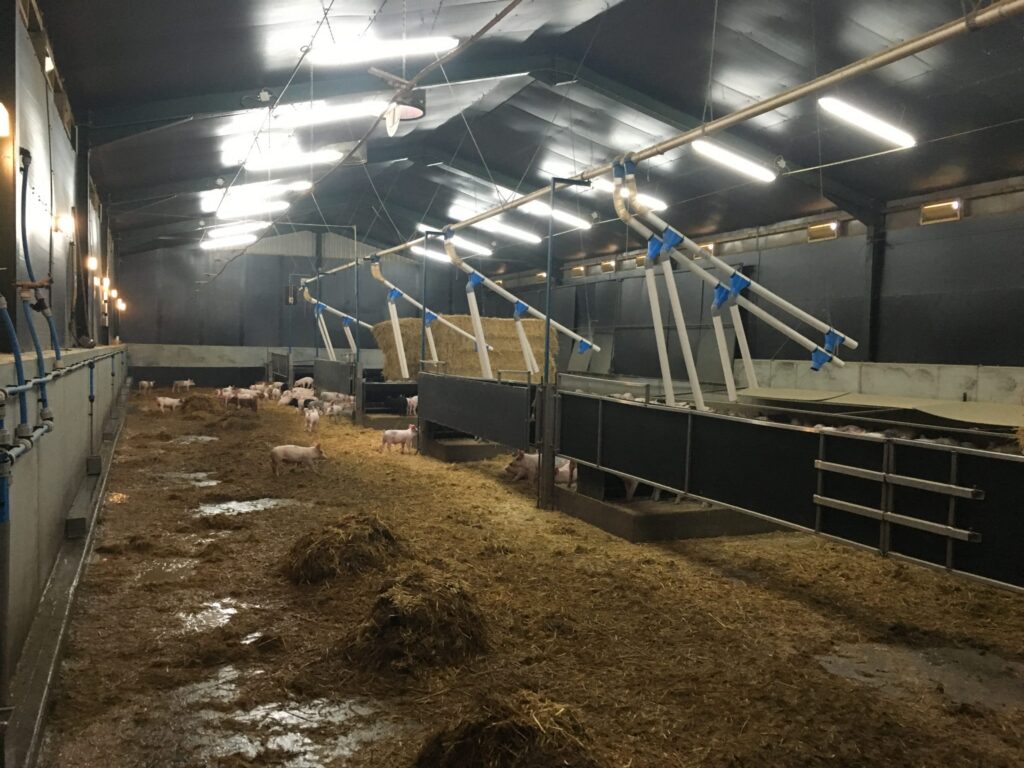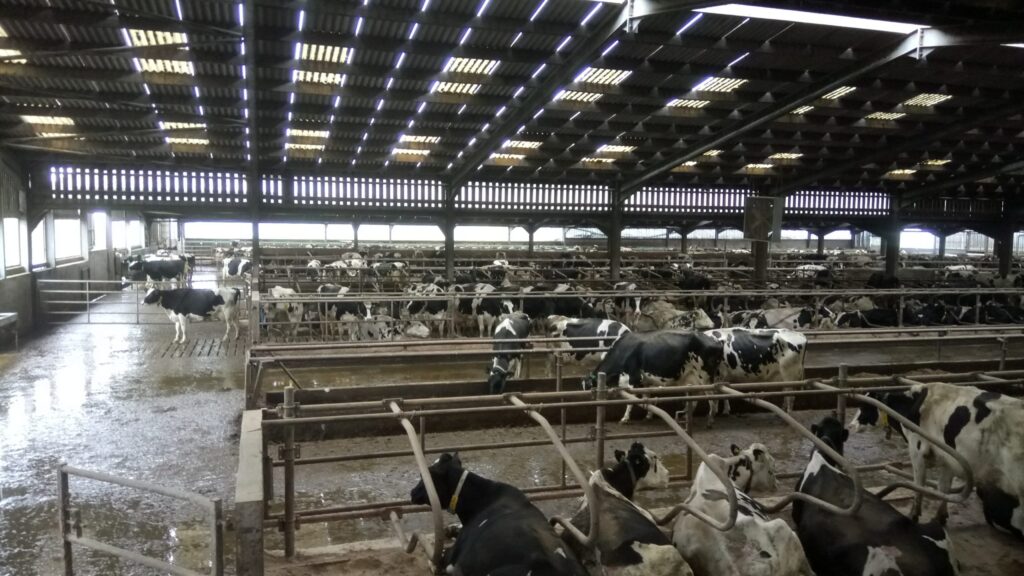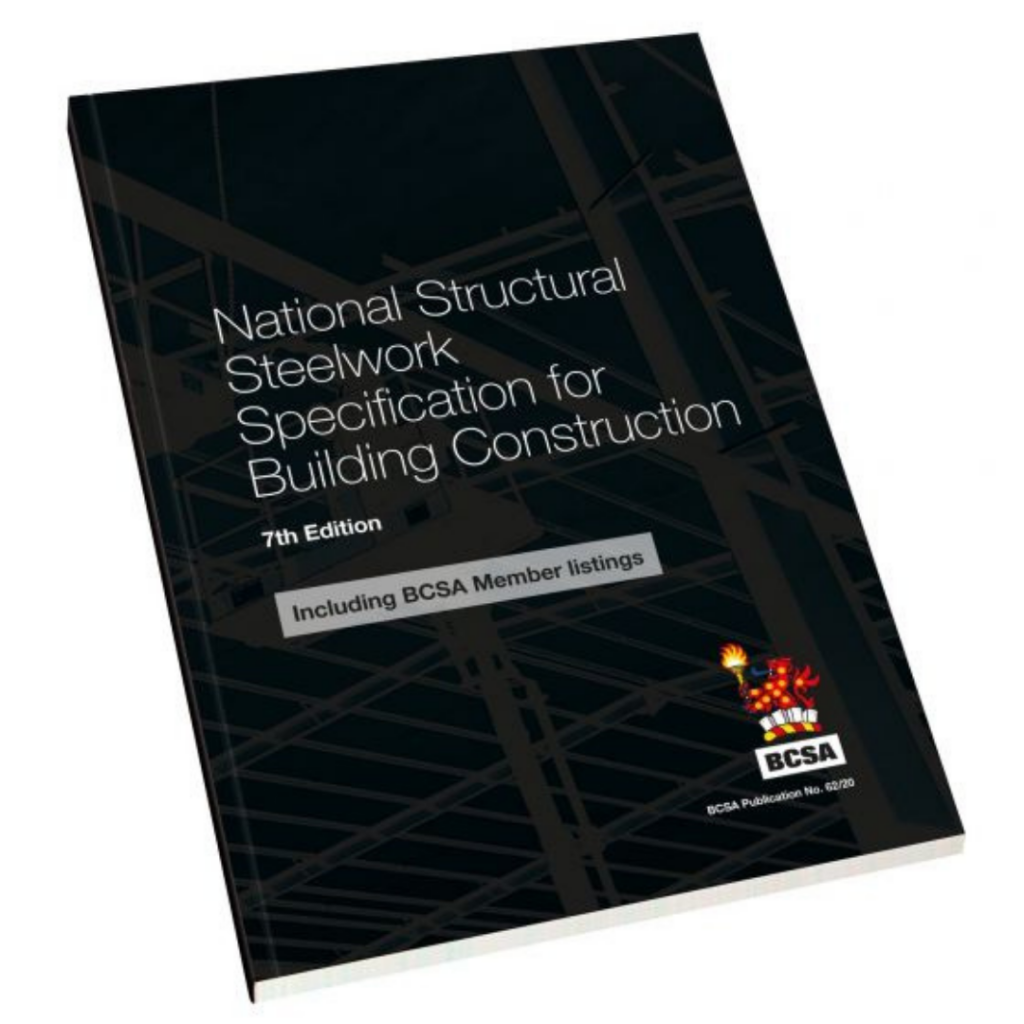There has recently been some updated guidance published on gov.uk regarding CE marking. As members will be aware, changes will include the introduction of the UK Conformity Assessed (UKCA) marking and a system of third-party conformity assessment by UK-recognised approved bodies, in place of current EU system of notified bodies.
To allow businesses time to adjust, CE marked goods in scope of this guidance that meet EU requirements (where these match UK requirements) can continue to be placed on the GB market until 1 January 2022 where EU and UK requirements remain the same. This includes goods which have been assessed by an EU recognised notified body.
These transitional measures will only apply until the 1 January 2022. From this point, the UKCA mark will be required to be displayed on products, where the CE mark is currently used, to show compliance to the UK domestic regime. To ease the burden on businesses, until the 1 January 2023, for most UKCA marked goods, you have the option to affix the UKCA marking on a label affixed to the product or on an accompanying document. The economic operators (whether manufacturer, importer, or distributor) should take reasonable steps to ensure the UKCA marking remains in place. From 1 January 2023, the UKCA marking must, in most cases, be affixed directly to the product. You should start building this into your design process ready for this date.
These links to guidance that may be useful:
- Placing UKCA and CE marked goods on the GB market from 1st January 2021
- Placing manufactured goods on the EU market from 1st January 2021
- Prepare to use the UKCA marking from 1st January 2021
- Conformity assessment bodies: status from 1st January 2021
This guidance relates primarily to goods regulated by the Department for Business energy and Industrial Strategy (BEIS) under the areas listed in the guidance. This guidance does not wholly apply to medical devices, rail interoperability, construction products and civil explosives; goods regulated under the old approach (chemicals, medicines, vehicles and aerospace) and goods covered by national rules (see the UK specific rules guidance for more information).
Businesses are being encouraged now to prepare for the changes to the Construction Products Regulation, and the Government has published detailed guidance, although this does not cover Northern Ireland and further information will be provided for products to be placed on the market there.







